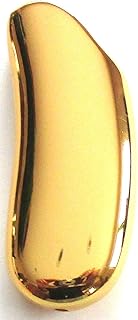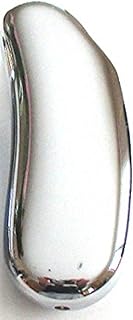Here's what you need to know:
* Flame Control: BIC lighters use a small, controlled flame. The flame is not particularly strong or large, and it is contained within the lighter's mechanism. This helps to reduce the risk of accidental burns or ignition of flammable materials.
* Child-Resistant Mechanisms: While not every BIC lighter model includes child-resistant features, some models do. These features, typically a sliding mechanism, are designed to make it difficult for children to operate the lighter. However, it's crucial to note that child-resistant features are not foolproof. Always store lighters out of reach of children.
* Durability: BIC lighters are known for their durability and reliability. This means they are less likely to malfunction and cause accidents due to a broken or poorly functioning lighter.
Important Safety Considerations:
* Fire Hazard: Lighters, including BIC lighters, are a fire hazard. They should never be left unattended, especially near flammable materials.
* Proper Use: Always follow the instructions provided with the lighter.
* Storage: Store lighters in a cool, dry place, away from direct sunlight and heat.
* Children: Never allow children to play with lighters.
Alternatives to BIC Lighters:
* Electric Lighters: These lighters use a heated element to create a flame, eliminating the risk of fuel spills or leaks.
* Matches: While matches are flammable, they are generally considered safer than lighters because the flame is smaller and less likely to cause accidental burns.
Remember: Safety should always be the top priority when using any type of lighter, including BIC lighters.


